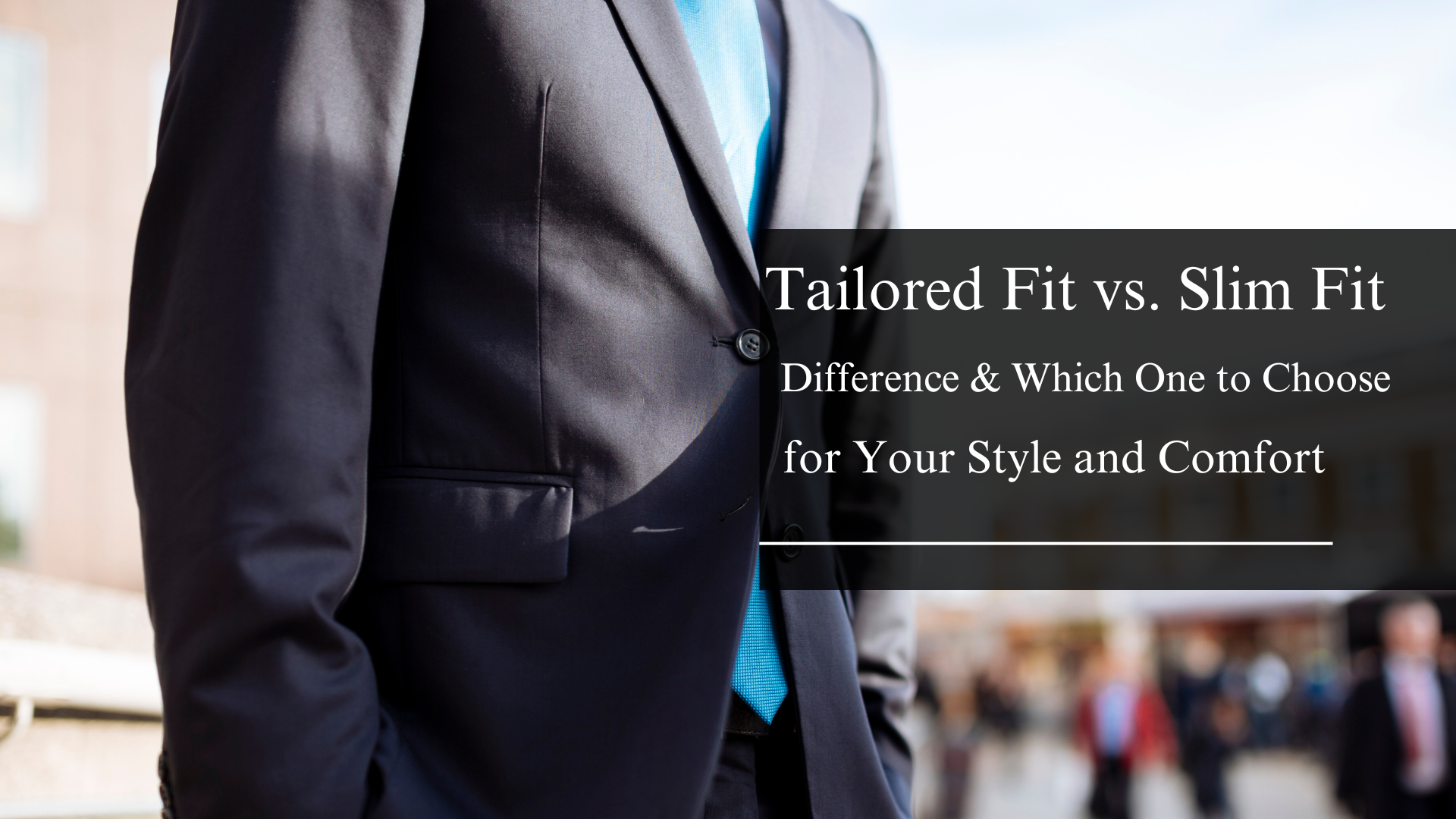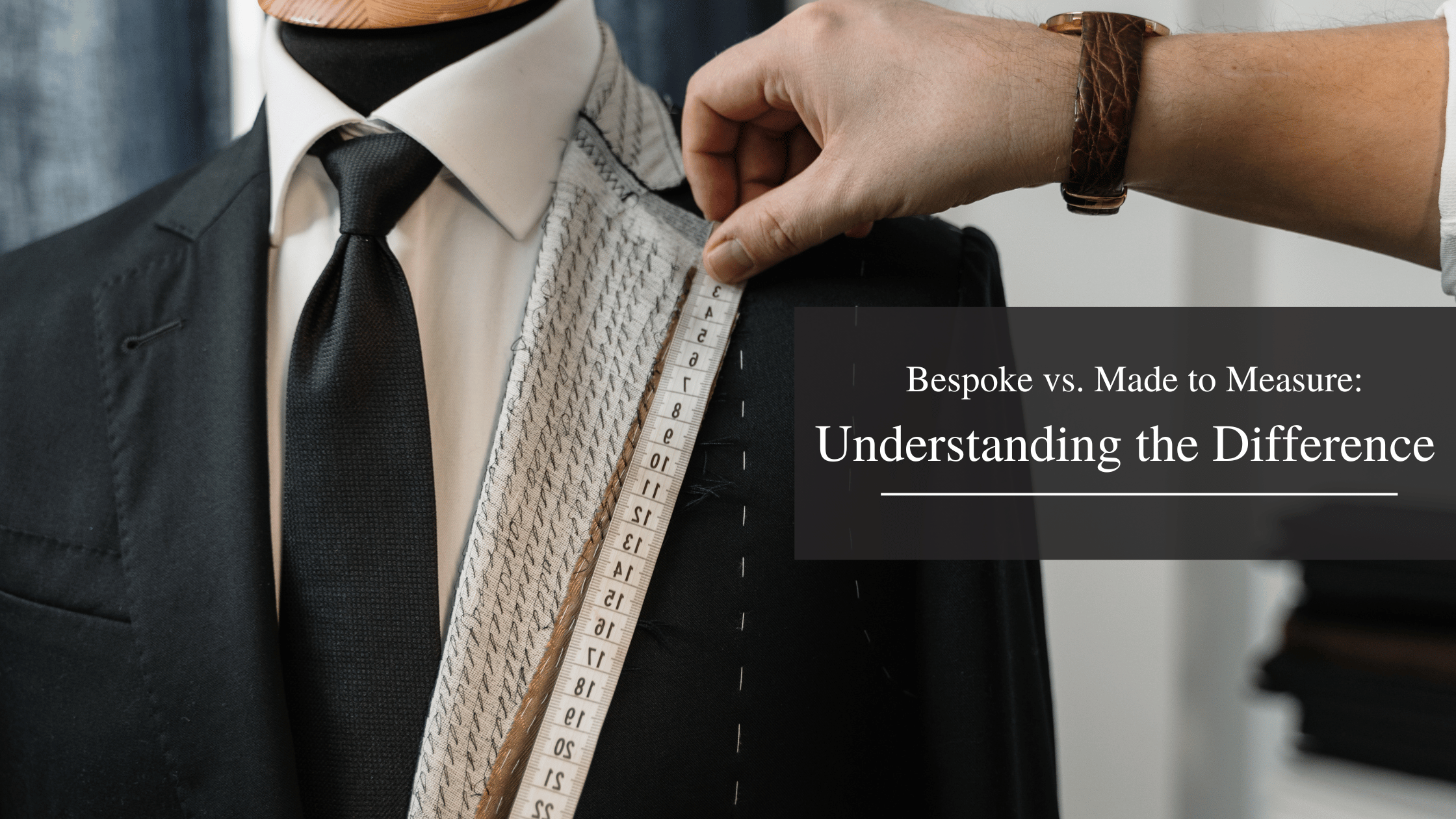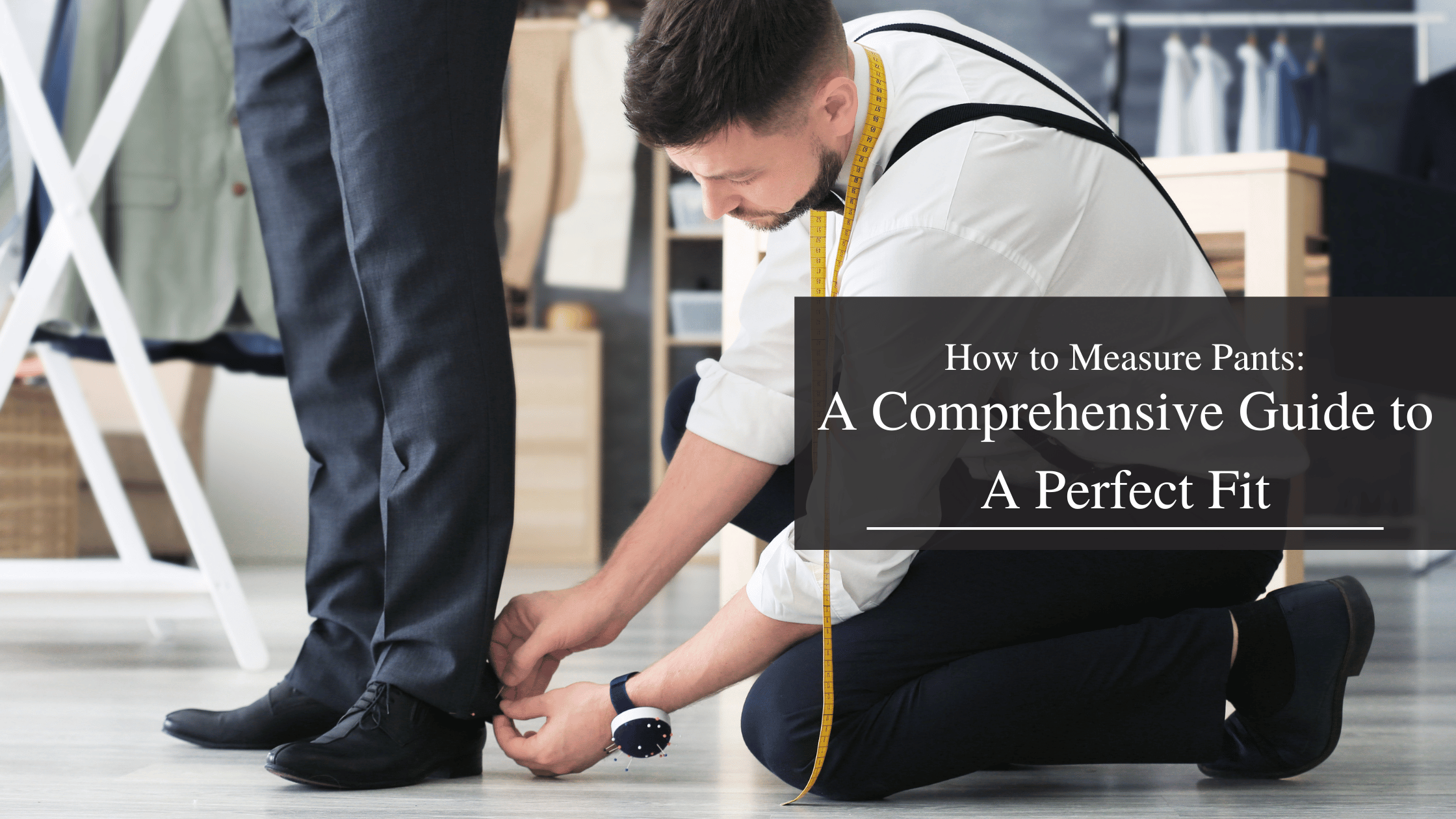
Finding the perfect fit can make or break your outfit, especially when it comes to tailored fit and slim fit clothing. Both styles have their unique appeal, but choosing the right one depends on your body type, personal style, and the occasion. Understanding the key differences between these two popular fits is essential to elevate your wardrobe.
So, how do you decide which one suits you best? By breaking down their distinctions and considering your preferences, you’ll be able to make an informed choice that complements your style effortlessly.
Understanding Tailored Fit and Slim Fit
Tailored Fit and Slim Fit define distinct clothing styles, each catering to different preferences and occasions. Understanding their key features is crucial in choosing the best option for your wardrobe.
What is Tailored Fit?
Tailored fit refers to clothing cut to contour your body’s shape while maintaining a comfortable and polished look. It’s not as tight as slim fit but offers a structured and professional appearance. Tailored fit adjusts proportions around your shoulders, chest, and waist for an individualized fit that flatters varied body types.
This fit suits formal events or work environments, providing elegance and mobility. When comparing tailored fit vs slim fit, tailored fit emphasizes refinement without compromising comfort, which makes it ideal for customizations based on your unique measurements.
What is Slim Fit?
Slim fit garments create a sleek, modern silhouette by closely hugging your body. These pieces are narrower in the shoulders, chest, and waist compared to tailored fit. Slim fit jeans, dress shirts, and suits typically have tapered legs or sleeves, emphasizing your natural shape.
This fit enhances a contemporary, streamlined style, favored for casual outings or trendy settings. In the tailored fit vs slim fit debate, slim fit prioritizes fashion-forward aesthetics while suiting those with lean or athletic builds for an effortlessly sharp image.
Key Differences Between Tailored Fit and Slim Fit
Tailored fit and slim fit differ in their approach to style and comfort. Understanding these distinctions helps you make an informed choice when comparing tailored fit vs slim fit.
Fit and Silhouette
Tailored fit delivers a balanced silhouette that contours your body without restricting movement. It provides a polished and customized look, ideal for formal or semi-formal settings. In contrast, slim fit offers a closer, more tapered design that hugs your frame, emphasizing a sleek and contemporary aesthetic. Slim fit caters to leaner body types and modern fashion trends, while tailored fit adjusts to a wider range of shapes for a universal appeal.
Suit Jacket Features
A tailored fit suit jacket is designed to enhance your proportions with precise adjustments, offering a refined appearance without excess material. It accommodates moderate structure in the shoulders and chest. Conversely, a slim fit jacket prioritizes tightness around the waist, chest, and arms, creating a streamlined shape. Tailored fit jackets exude versatility, while slim fit jackets lean towards trendy and youthful vibes.
Suit Pants Differences
Tailored fit pants strike a balance between close-fitting and comfortable. These pants taper slightly but maintain ease in the thighs and calves. They adapt to your body shape, offering refinement for professional or formal scenarios. Slim fit pants are more narrow through the hips, thighs, and ankles, enhancing a sharp, trendy look suited for casual and modern settings. Tailored fit ensures functionality, while slim fit underscores style.
Choosing Between Tailored Fit and Slim Fit
Your decision between tailored fit and slim fit depends on body type, comfort, style preferences, and the occasion. Paying a visit to a reputable tailor in Bangkok could help you understand these aspects better, providing expert advice that will help you select the fit that aligns with your wardrobe goals.
Body Type Considerations
Tailored fit offers versatility for various body shapes. It adjusts to your proportions, delivering a balanced yet refined silhouette. This fit suits both average and broader body types, ensuring you maintain comfort without sacrificing style. Slim fit is ideal if you have a lean or athletic build. Its closer cuts highlight your frame but may feel restrictive for broader shapes. Consider how each fit complements your body structure when deciding.
Comfort vs. Style
Tailored fit balances comfort and aesthetics. Its adjusted cuts provide ease of movement, ideal for long wear in formal or professional settings. Slim fit prioritizes a trendy, fashion-forward look. Its snug fit emphasizes a sleek style but might feel tighter, especially in tailored garments like slim fit pants or jackets. Decide whether comfort or a sharp, modern appearance suits your needs better.
Occasion and Personal Preference
Tailored fit works well for formal and semi-formal events. Its polished appearance and flexibility make it perfect for professional settings and dressier occasions. Slim fit leans toward casual and urban styles, fitting informal settings or outings where a modern, on-trend look is desirable. Define the demands of the event and balance it with your personal preferences to choose between the two.
Choosing between tailored fit and slim fit comes down to your body type, personal style, and the occasion. Both options have their strengths, so it’s all about aligning the fit with your needs and preferences.
If you’re aiming for a polished, versatile look with comfort, tailored fit might be your go-to. For a sleek, modern vibe, slim fit is the way to go. Prioritize what makes you feel confident and comfortable, and you’ll always make the right choice for your wardrobe.



